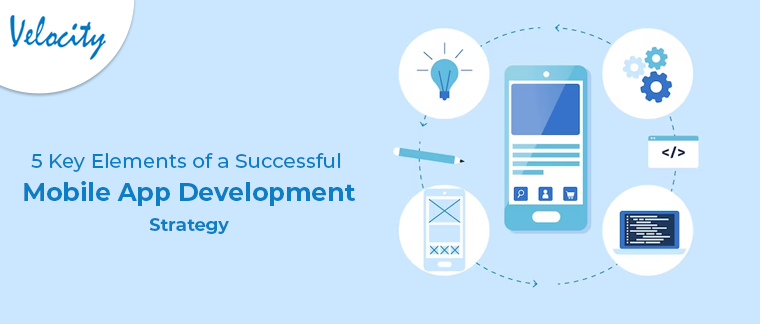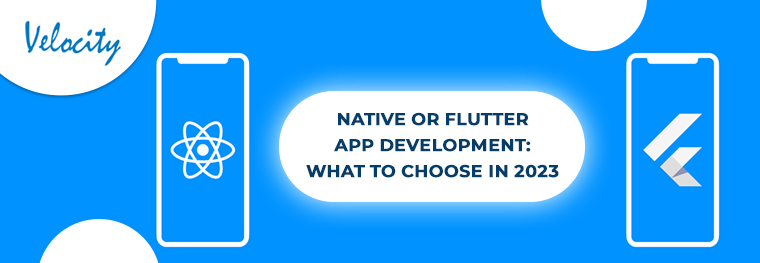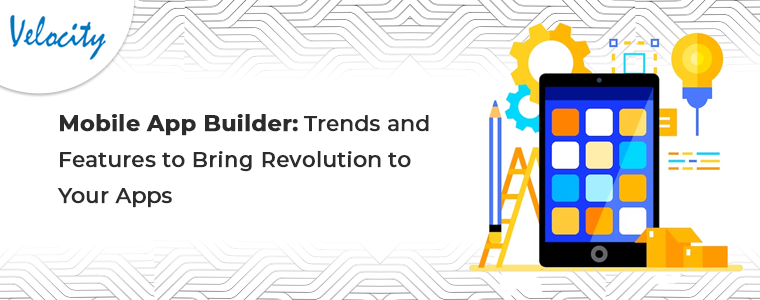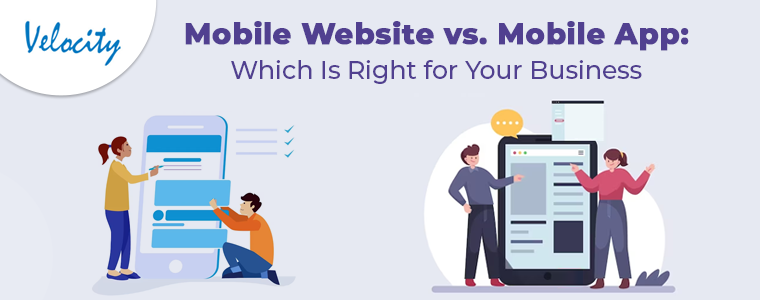Technology is continuously changing, and it does so quickly. The motivating reason behind the continuous technical developments has been the need for faster Internet, greater connectivity, and easier accessibility. The most recent technology, 5G, or a fifth-generation wireless cellular network, is made to deliver high-speed performance. The technology is expected to significantly increase network connectivity. Due to 5G’s uniform connectivity fabric, it is also thought that connecting devices to receive and share information will be simpler and more practical.
5G has attracted a lot of interest from users and network providers all over the world since its launch in 2019. Numerous cell providers are spending extensively on 5G and improving their current networks.
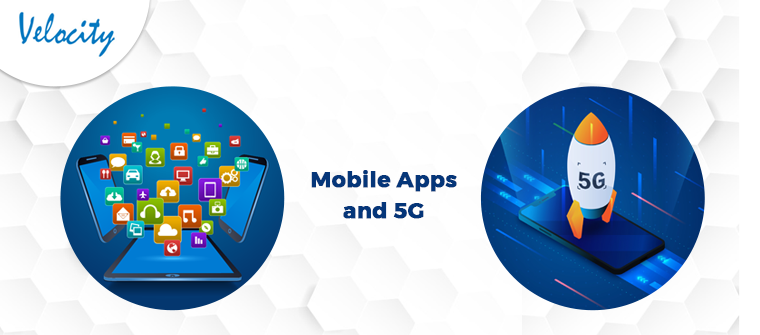
Mobile Apps and 5G
The 5G network will have a significant impact on the mobile app market. It has the potential to improve user experience by increasing app performance. The IoT, cloud computing, AR/VR, and mobile apps with 5G capabilities will all work together to benefit customers in different ways.
5G’s Role in App Development
Future high-speed networks already have a solid foundation thanks to 5G. The goal of app developers or app development firms is to get the most out of this technology to produce incredibly quick apps.
Let’s Look at the Key Characteristics That 5G Will Offer to the Creation of Mobile Apps.
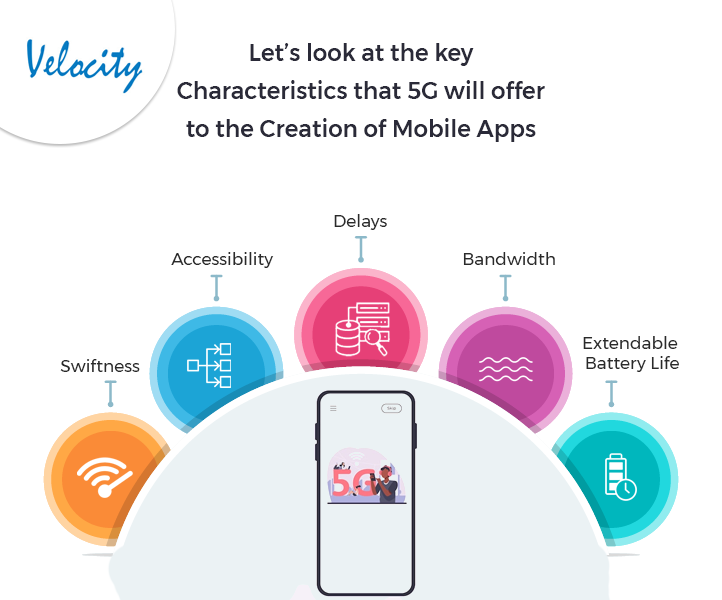
1. Swiftness
According to estimates, the newest high-speed network technology, 5G, is 100 times faster than 4G. It will only be a matter of time before it outperforms LTE in terms of speed given how much faster it is than its predecessor.
Unlike 4G, which can only deliver a maximum of 300 megabits of data per second, 5G is expected to transfer 3 Gigabits of data per second and this will likely increase in the future. Users will save time and the usefulness of the app by being able to download large files quickly as a result.
2. Accessibility
Only 2000 devices could simultaneously connect to 4G within a 0.38 square mile radius. Contrarily, 5G is anticipated to provide the connection for roughly one million devices at once. It can handle a lot of network load while still enabling constant connectivity. According to estimates, by 2025, more than 1.4 billion devices would be using 5G.
3. Delays
The Ultra-Reliable Low Latency Connection (ULLC) used by 5G technology enables data delivery in just one millisecond. Mobile apps would be able to provide data quickly and in real-time thanks to this low latency. When compared to each other, the latency of 5G is 50 times faster than that of 4G.
4. Bandwidth
In order to increase connection, the 5G technology is made to operate over a number of bands. Therefore, mobile apps will function in the Low band (1 GHz), Mid band (6 GHz), and High band made up of millimeter waves.
5. Extendable Battery Life
5G’s reduced latency and improved speed will probably result in less battery use. Users will be able to use their cell phones for longer periods as a result of the increased battery life of smartphones and other IoT devices.
How Might 5G Affect the Creation of Apps?
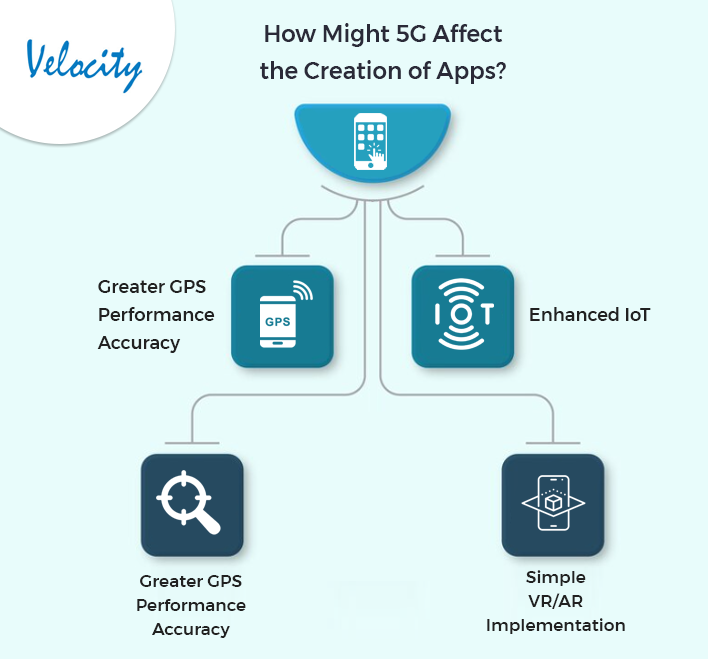
Let’s investigate:
1. Greater GPS Performance Accuracy
The incorporation of 5G in GPS-based mobile apps would give consumers better results in real-time, which would increase the functionality of navigational apps. This will be very helpful for the car sector.
2. Enhanced IoT
5G would have a big impact on IoT-based applications. Apps would provide seamless connectivity between smart devices, wearable technology, and sensor-based machinery. This will enable mobile app developers to include ambient computing into their apps to make them even smarter when paired with ML and AI.
3. Adding High-Resolution Videos Is Simple
The ultra-high speed of 5G will make it possible to watch high-definition videos without experiencing any latency problems. Less latency will improve the performance of video streaming applications and the watching experience for viewers.
This implies that to emphasize their goods or services, app developers may also include high-definition (4K) videos in their creations.
4. Simple VR/AR implementation
Due to unstable networks or low connectivity, developers have traditionally had difficulty integrating AR and VR into their applications. Developers would be able to give the AR/VR experience to end consumers thanks to 5G’s fast data transfer speed. These apps will become more interactive and captivating with the addition of AR/VR. Users won’t be the only ones to gain from this; marketers will also be able to present their goods in a far better and more convincing manner.
Final Thoughts
If not for the Covid-19 pandemic, 5G would have been implemented universally. However, this delay allowed developers to maximize their potential and make the most of it. Developers must include the 5G technology in their applications as we approach a new era of technological transformation (and as user needs change).

